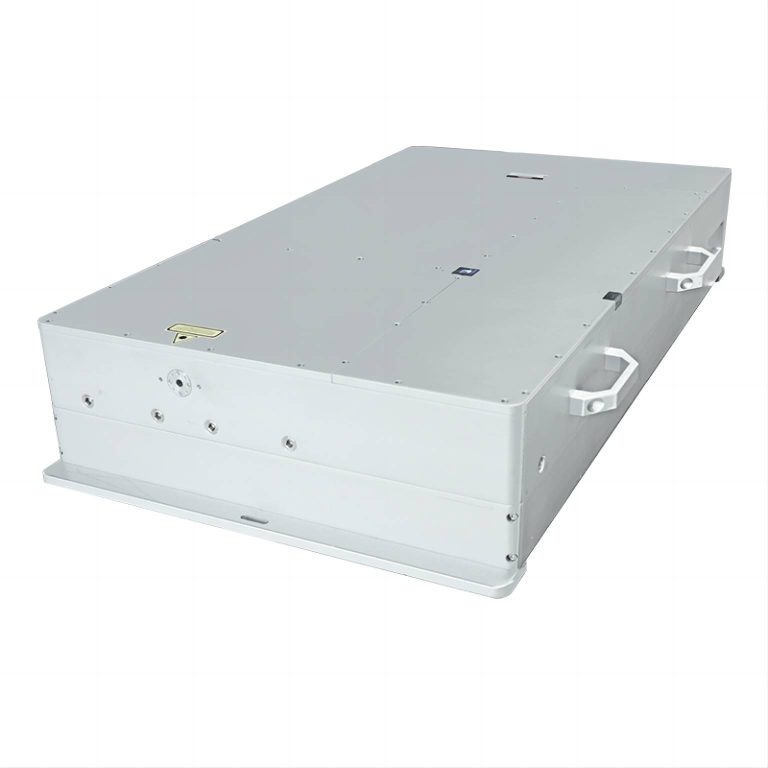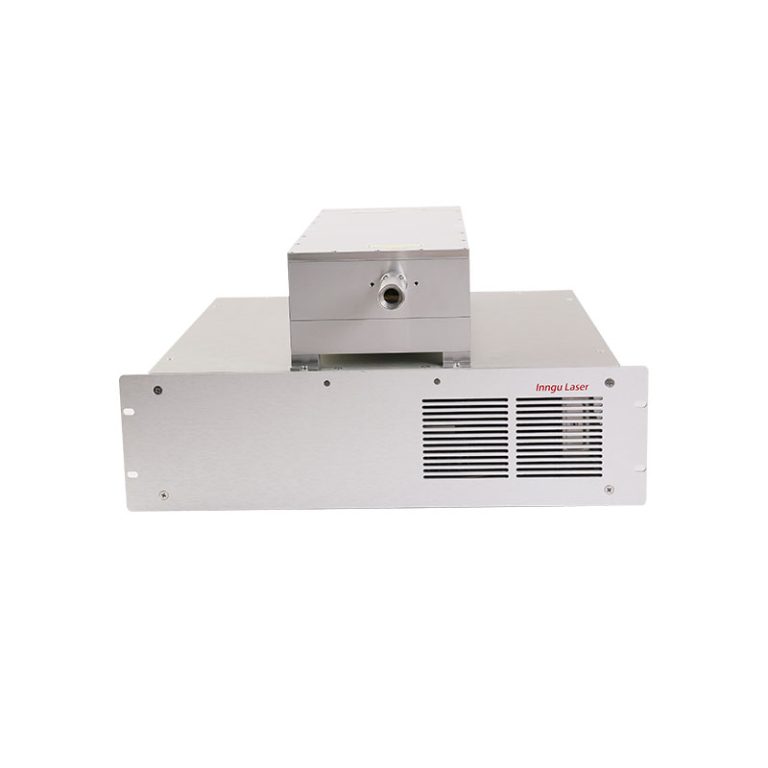Introduction
In the ever-evolving landscape of manufacturing and precision engineering, the quest for faster, more efficient processing techniques is perpetual. Green lasers have emerged as a key technology in this pursuit, offering unprecedented capabilities for high-speed laser processing. This article delves into the mechanisms and features that enable green nanosecond lasers to achieve high-speed laser processing, exploring their applications, advantages, and prospects in various industries.
Understanding Green Lasers
Green nanosecond lasers are a type of solid-state laser that emits light in the green spectrum, typically with a wavelength of around 532 nanometers. They operate on the principle of optical amplification by stimulated emission of radiation (laser), where pulses of laser light are generated through the excitation of laser gain media, such as neodymium-doped yttrium aluminum garnet (Nd:YAG) crystals.
One distinguishing feature of green nanosecond lasers is their ultra-short pulse duration, typically on the order of nanoseconds (10^-9 seconds). This brief pulse duration enables precise material removal and modification while minimizing heat-affected zones and thermal damage to surrounding areas. Additionally, green nanosecond lasers exhibit high peak powers, allowing them to deliver intense bursts of energy in each pulse.
Mechanisms Behind High-Speed Laser Processing
Several key mechanisms enable green lasers to achieve high-speed laser processing:
- Pulse Repetition Rate: Green nanosecond lasers are capable of operating at high pulse repetition rates, where pulses are generated at rapid intervals. This high repetition rate allows for continuous and efficient material processing, enabling rapid removal or modification of material with minimal downtime between pulses.
- Pulse Energy: The high peak powers of green nanosecond lasers result in pulses with significant energy densities. This high pulse energy facilitates efficient material ablation, vaporization, or modification, even at high processing speeds. The intense energy delivered by each pulse ensures rapid and effective material removal, enhancing processing efficiency.
- Beam Quality and Stability: Green lasers are engineered to deliver high-quality laser beams with excellent spatial and temporal characteristics. This beam quality and stability are crucial for achieving precise and consistent material processing at high speeds. Uniform beam profiles and minimal beam divergence ensure uniform material removal or modification across the entire processing area.
- Beam Steering and Control: Advanced beam steering and control mechanisms enable precise manipulation of the laser beam during processing. By accurately directing the laser beam to specific regions of the workpiece, green lasers can achieve intricate patterns, precise cuts, or complex surface modifications with high repeatability and accuracy. Real-time monitoring and feedback systems further enhance process control and quality assurance.

Applications of High-Speed Laser Processing with Green Lasers
The high-speed capabilities of green nanosecond lasers find extensive applications across various industries:
- Microelectronics and Semiconductor Manufacturing: Green nanosecond lasers are used for high-speed drilling, cutting, and patterning of semiconductor materials such as silicon, gallium arsenide, and ceramics. These lasers enable rapid fabrication of microelectronic components, including integrated circuits, microchips, and sensors, with high precision and throughput.
- Automotive and Aerospace Industries: In the automotive and aerospace sectors, green nanosecond lasers are employed for high-speed machining of lightweight materials such as carbon fiber composites, aluminum alloys, and titanium alloys. These lasers facilitate rapid production of complex components, including engine parts, turbine blades, and structural components, with minimal thermal damage and machining-induced stress.
- Medical Device Fabrication: Green lasers are utilized for high-speed laser processing of medical devices, including stents, catheters, and surgical instruments. These lasers enable precise cutting, drilling, and surface modification of biocompatible materials such as stainless steel, titanium, and polymers, facilitating the rapid production of custom implants and medical devices with intricate geometries and features.
- Consumer Electronics and Display Technology: Green nanosecond lasers play a vital role in the manufacturing of consumer electronics, including smartphones, tablets, and flat-panel displays. These lasers are used for high-speed cutting, scribing, and marking of glass substrates, semiconductor wafers, and thin-film materials, enabling the production of high-resolution displays and electronic components with minimal processing defects.
Advantages of High-Speed Laser Processing with Green Lasers
High-speed laser processing with green nanosecond lasers offers several advantages:
- Precision and Accuracy: Green nanosecond lasers provide exceptional precision and accuracy, allowing for the fabrication of intricate features and fine details with sub-micron resolution. This precision is essential for manufacturing high-quality components and devices with tight tolerances and complex geometries.
- Minimal Thermal Damage: The ultra-short pulse duration of green lasers minimizes heat-affected zones and thermal damage to the surrounding material, preserving the integrity and mechanical properties of the workpiece. This is particularly important for processing heat-sensitive materials such as polymers, ceramics, and composites.
- High Throughput: The high pulse repetition rates and efficient material removal capabilities of green nanosecond lasers enable rapid processing speeds and high throughput. This results in shorter cycle times, increased production rates, and reduced manufacturing costs, making high-speed laser processing economically viable for mass production applications.
- Versatility and Flexibility: Green lasers are versatile tools that can process a wide range of materials, including metals, semiconductors, plastics, and ceramics. Their flexibility allows for diverse applications across multiple industries, from microelectronics and medical devices to automotive and aerospace components.
Conclusion
In conclusion, green lasers have revolutionized high-speed laser processing, enabling precise, efficient, and versatile material fabrication across various industries. Their ultra-short pulse duration, high peak powers, and advanced beam control mechanisms empower manufacturers to achieve unprecedented levels of precision, throughput, and quality in their production processes. As research and development efforts continue to push the boundaries of laser technology, the future of high-speed laser processing with green nanosecond lasers holds immense promise for driving innovation, sustainability, and economic growth in the global manufacturing landscape.


